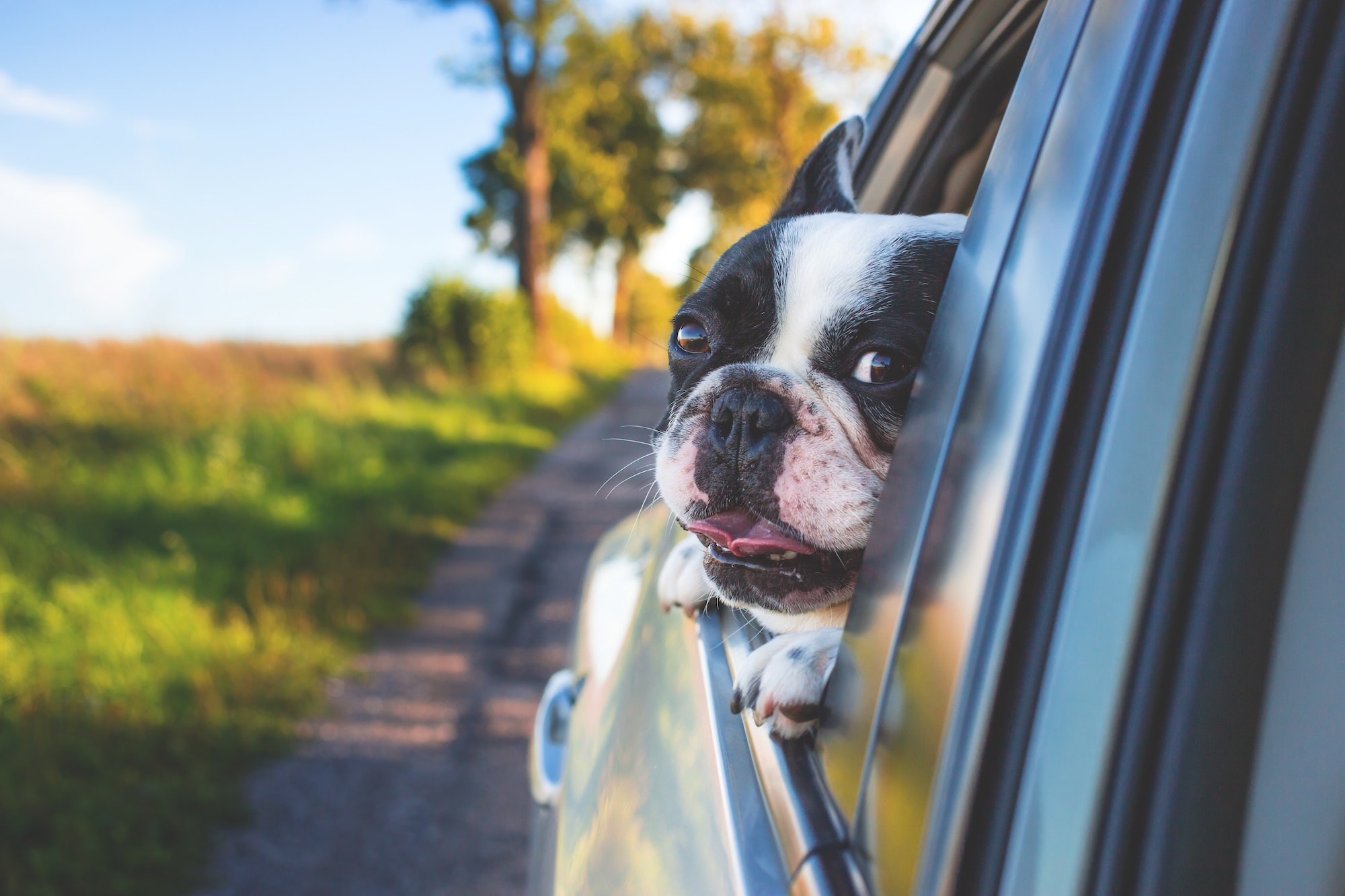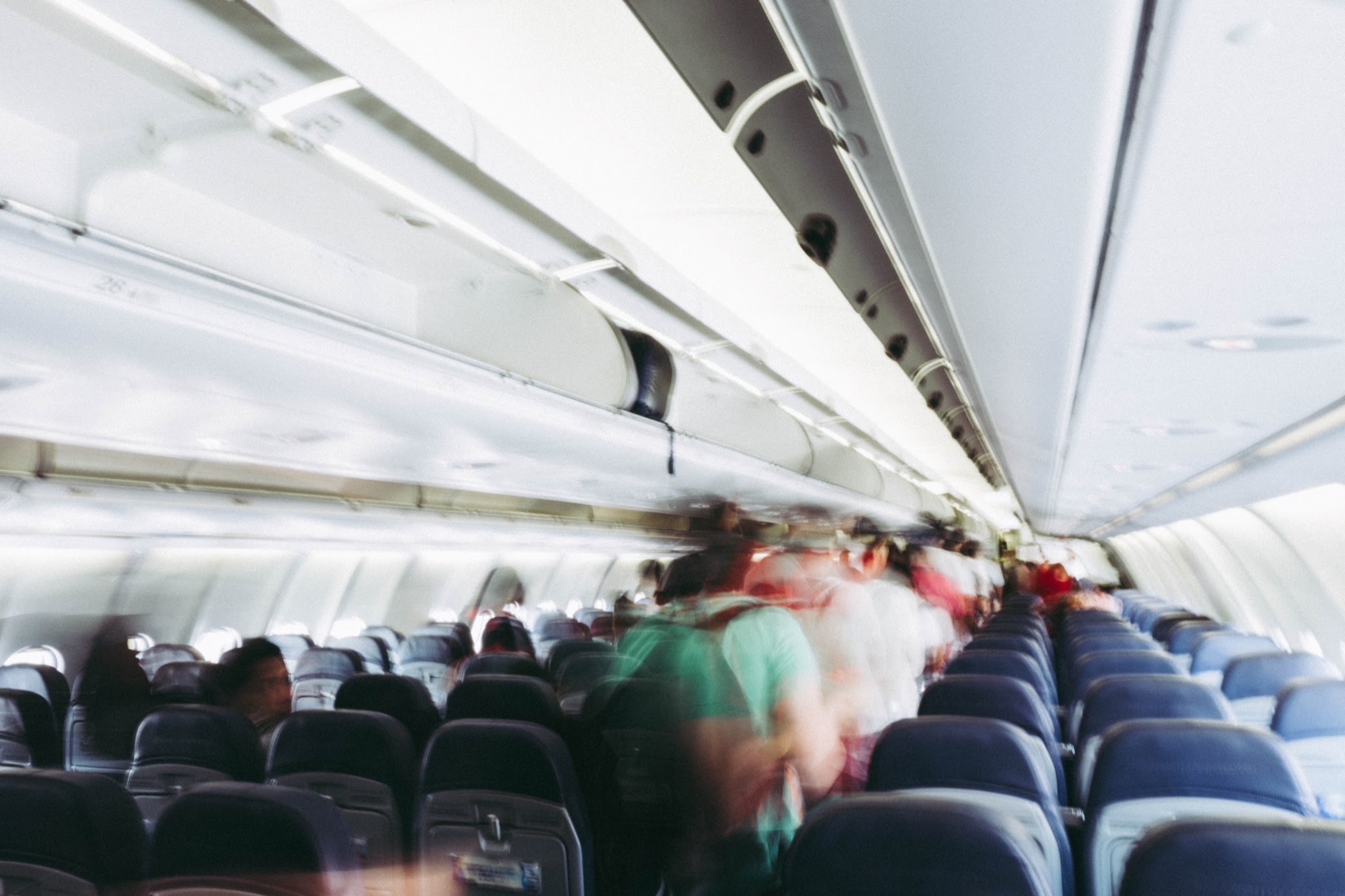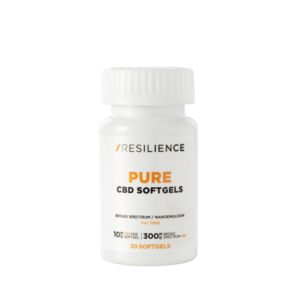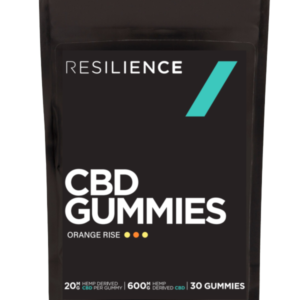
Some dogs love car rides—the mere mention of the word car can send them into an excited, tail-wagging frenzy in anticipation of their upcoming wind-blown ride. But other dogs don’t have the same zest for the roadway, instead they cower at the sight of the car and flinch at loud vehicles while on the road.
A dog that’s fearful and worried about car rides can present problems for your active lifestyle— you want your pup to join in the fun but don’t want to cause them unnecessary stress.
Luckily, if your dog isn’t a fan of car rides, there are ways you can make the experience better for them and yourself. This guide will provide you with our top tips on how to help dogs with car anxiety, of which include using CBD pet products to help you and your furry friend set out on your next adventure whether it’s to the groomer or on a cross-country road trip.
How Can You Tell That Your Dog Isn’t Comfortable In the Car?
If you’re like most pet owners, you can usually tell when something is wrong with your furry friend. As a dog owner, be sure pay attention for the following signs that your pup is stressed about the car ride:
- Excessive drooling
- Pacing back and forth
- Whining or barking
- Licking lips
- Shaking
- Vomiting
- Resisting car entry
- Urinating or defecating in the car
- Licking their paws
- Scratching at the car door and windows
If your dog only displays these behaviors when it’s time to get in the car, their fear of the ride is likely causing the issue.
Tip #1: Give Your Dog a Dose of CBD
If you’ve identified signs of discomfort in your pup when preparing for a car ride, you’re probably wondering how to calm your dog in the car. One method that may work is to provide your dog with CBD products before the trip. CBD oil may have a calming effect on your furry friend’s nerves.
Although research on the effects of CBD on dogs is limited, anecdotal evidence suggests that it may be useful for dogs exhibiting nervousness due to environmentally-induced stress. Since one of the side-effects of CBD for dogs is increased sleepiness, this may also indicate the possibility of CBD being helpful for dogs that experience restlessness around car rides.
Melatonin may come to mind as an alternative supplement to give your furry friend before hopping in the car. Whether you choose to explore the melatonin vs CBD route, it is especially important to consult with your vet to fully understand the purpose of melatonin vs CBD for dogs to help determine which is right for your pet.
How Much CBD Should You Give Your Dog for Car Rides?
There isn’t a set amount of CBD that’s “right” for dogs. It’s highly dependent on your dog’s:
- Size
- Body composition
- Age
- Health
- Condition
Furthermore, your veterinarian won’t be able to prescribe your pet a specific dosage since CBD isn’t regulated by the FDA. They can only answer your general questions about CBD and your pet. This means you should begin with a low dose of CBD and see how your dog reacts before deciding if you need to up the dose or leave it as is.
Tip #2: Heap On the Praise and Affection
Along with a little CBD oil, your dog might benefit from your positive words before and during the drive. Counter-conditioning is when you help your dog shift their emotional response from something negative to positive.
Some tactics you can use include:
- Treats
- Hugs
- Ear scratches
- A quick game before getting in the car
The shift won’t happen right away, but with time, your dog may begin to anticipate car rides as a time for pets and praise rather than fear or stress.
Tip #3: Relax with Some Soothing Music
Have you ever had a stressful day after which you flipped on some calming music and felt your worries melt away? It turns out that your canine pal can also benefit from soothing music. Several studies have shown that classical music can have a calming effect on dogs.
Research into dogs and music has been fairly wide-ranging, with studies covering:
- Puppies
- Older dogs
- Dogs in shelters
- Veterinary situation
- Police facility dogs
Next time you take your dog to the vet, listen closely to the music played over the speakers. It’s likely quiet and at a slow tempo. A similar style in the car might help keep your anxious dog calm.
Tip #4: Provide Plenty of Their Favorite Toys
You’ve probably witnessed how attached your dog becomes to certain toys. Bringing a few of their favorites along for a car ride may increase your dog’s comfort in the car and help lessen their travel anxiety. Giving them a puzzle toy at the beginning of the ride may also help distract your dog and keep them busy so that they don’t get as worried about the car trip.
Tip #5: Make Sure Your Dog is Comfy
Along with bringing some of your dog’s toys, there are other things you can do to ensure that they’re kept comfy on the drive. These include:
- Maintaining a cool temperature – Overheating can exacerbate some of the symptoms of motion sickness, making your poor pup even more miserable. Keep the car cool by running the air conditioner, cracking the windows open, and stopping for fresh air breaks as needed.
- Keeping them secure – Your dog should always be secured while in the car. Depending on the size and comfort level of your dog, you can either put them in a crate, carrier, or harness. Securing your dog is both for their safety and yours—you don’t want a frightened dog leaping into your lap while you’re driving.
- Using comfy blankets and pillows – Lining their carrier with a soft blanket or putting a cushion in their crate can help your dog settle down more comfortably for the trip. If your dog is older and has stiff joints, a soft surface is a must for their comfort.
Should You Feed Your Dog Before Traveling?
One thing you don’t want to give your dog too much of before a car trip is food, which can potentially contribute to car sickness. If your dog suffers from motion sickness, you may want to avoid giving them a treat, snack, or even specifically formulated nutritional supplements for dogs up to 12 hours before travel. This can help mitigate some of the nausea and discomfort of the ride.
However, limiting water can be dangerous. As such, make sure your dog has access to clean, freshwater during the drive. You might also need to stop and allow your pup to have some potty breaks along the way to prevent any accidents in your car.
Tip #6: Tire Them Out Before the Trip
Lastly, your dog will benefit from some pre-trip exercise. If they have the opportunity to burn off some energy before you load them into the car, they may have an easier time relaxing. Some good exercise options for reducing travel anxiety in dogs include a:
- Game of fetch at a dog park or at home in your backyard
- Quick jog around the block
- Long meandering walk, if time allows
- Session of stair climbing
- Tug-of-war game
Just make sure you give your dog some water and the opportunity to go to the bathroom before you get them ready for the car ride.
Why Do Some Dogs Get Nervous About Car Rides?
It’s difficult to tell why some dogs don’t enjoy riding in the car. Your pup’s fear of the car can be caused by either physical or mental distress, which may include:
- Motion sickness – Have you ever tried reading in a moving car only to end up feeling nauseous and light-headed? While your pup isn’t picking up the latest bestseller for the car trip, they can still get motion sick. This can lead to drooling and vomiting—and a very unhappy dog.
- Past experiences – If you adopted your dog, especially if they came to your home when they were a little older, you have no idea what may have happened in their previous life. They may have had a harrowing car experience that has left them shaking at the prospect of getting into another vehicle.
- Negative association – Does your dog only get car rides that end at the vet’s office? If you only take your dog in the car for something that ends with an unpleasant experience, they’ll associate the car with that negative thing and try to avoid rides in the future.
- Fear – As humans, we know that cars are (relatively) safe methods of transportation. To a dog, a car is a large, loud machine. They don’t understand that a vehicle is a useful tool; they only interpret that it’s big and scary.
While you may never know the exact source of your dog’s car-phobia, you can help them work to overcome it so that you can both have a better travel experience.
Travel Calmly with Resilience CBD
Car worries and overall travel anxiety can create problematic situations for you and your canine companion. If your dog hates riding in the car, it can prevent you from taking them on adventures or pursuing your active lifestyle.
However, with a little practice and strategy, you can work to improve your dog’s attitude toward car rides.
One way to help your anxious dog feel more calm and relaxed before you hit the road is to slip them a little CBD oil. Resilience CBD knows how important it is to have your canine pal with you for all of life’s big adventures. That’s why our canine CBD products are made with premium CBD for your peace of mind and your dog’s health and vitality. Check out our online store today.
Sources:
VCA Hospitals. Motion Sickness in Dogs. https://vcahospitals.com/know-your-pet/motion-sickness-in-dogs
American Kennel Club. CBD Oil for Dogs: What You Need to Know. https://www.akc.org/expert-advice/health/cbd-oil-dogs/
Veterinary Information Network. CBD Use in Pets. https://veterinarypartner.vin.com/default.aspx?pid=19239&id=9123378
American Kennel Club. Teach Your Dog to Ride in the Car. https://www.akc.org/expert-advice/home-living/ask-trainers-get-dog-ride-car/
PubMed. Musical Dogs: A Review of the Influence of Auditory Enrichment on Canine Health and Behavior. https://www.ncbi.nlm.nih.gov/pmc/articles/PMC7022433/







